Changing: The toy industry increasingly banks on sustainability
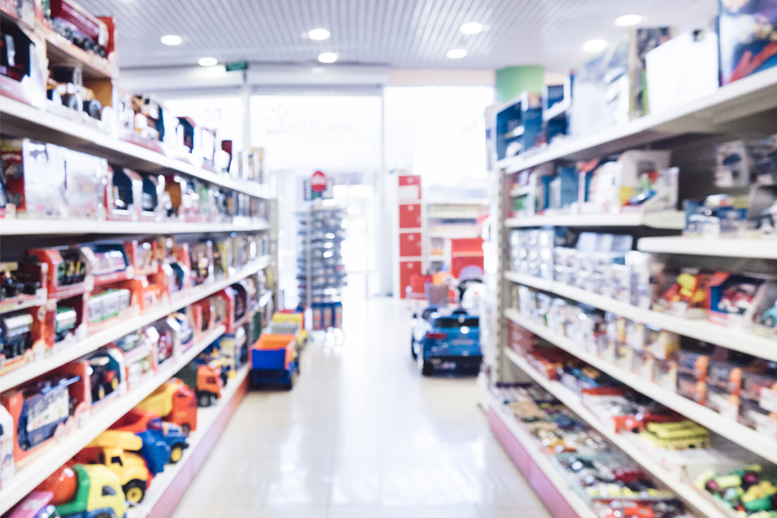
Latest news
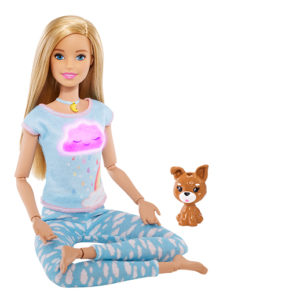
-ADVERTISEMENT- The wellness and fitness trend has arrived in the …
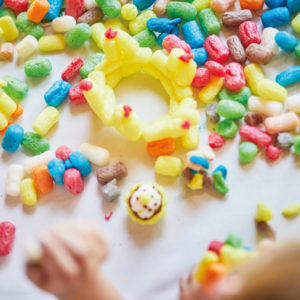
The fight against environmental destruction and the climate crisis are …

Anyone looking for new products in the field of toys, …
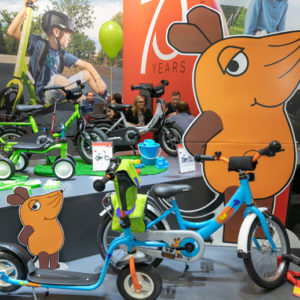
It is a market with huge dimensions and great potential. …

For companies, a social media presence has become indispensable and …
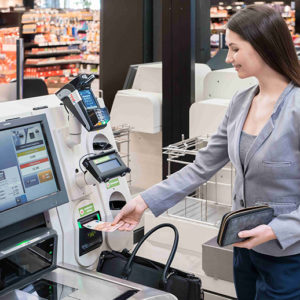
Hardly anything disturbs customers as much as waiting at the …

Research by TV station RBB has shown that some outlet …
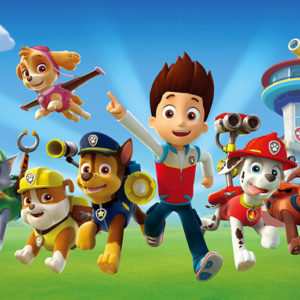
The industry association Licensing International (formerly LIMA) has honored outstanding …

Communications manager Hannah König and managing director Stephan Schenk are …
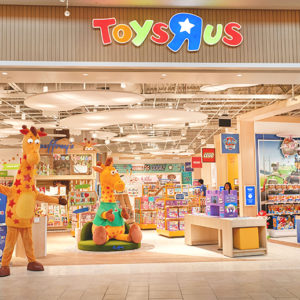
The toy dealer wants to leave his insolvency behind him. …
Ecological and sustainable toys are a topic of growing importance. Producers, traders, buyers and politicians are called upon here to responsibly deal with the future of succeeding generations. But where does sustainability actually begin? And what makes a toy really durable?
Few materials, more sustainability
An important aspect is of course the material the toy is made of. A good example of this is the Bobby Car from BIG. Instead of many individual components, the car consists of one large component. This reduces the possibility of damage during play to such an extent that repair is impossible. Damaged components of the Bobby Car can be easily replaced and repaired by the customer. The dumpsite or recycling yard is thus replaced by an extension of the general life span.
When the end of the product life has actually been reached, the toy should ideally go back to the the material cycle - or be composted without leaving residues. One example of this is Heunec. According to the company, the world’s first Cradle to Cradle certified soft toy animal was presented whose materials can be recycled after its “life as a cuddly toy”.
New substances that are more degradable
It is also important to develop new environmentally friendly materials. Haba and Schleich have been using Arboform for several years. A residual material from paper production which has similar properties to conventional plastic but is 100% degradable. The wooden toy manufacturer Plan Toys also uses PlanWood, a wood-based, injection-mouldable material, but the energy balance of the newly produced materials must be taken into account. Many of the newly used recycled materials often require more energy in their production which ultimately has a negative impact on the ecological balance sheet.
More fun, less garbage
Products that are multifunctional also ensure greater sustainability. The combination of apps and traditional toys can serve as an example here. In addition, the trend in the toy industry to make packaging and cardboards a part of the game has been gaining ground for years. All components of the gaming experience can be considered when it comes to the design of a new product. In plain language this means: More fun, less rubbish.
Relevance
One of the most serious points, however, is the relevance of the product: sustainable toys are not created by hype themes and short-term trends, but by themes that are permanent. One example is the Lego company. Not only will the first degradable Lego bricks made from sugar cane be launched in the market in 2018, the principle of playing with Lego itself is also based on a sustainable concept. The stones are compatible over generations. If you played with Lego as a child, you rarely throw away your stones, but often pass them on to your own children. Fortunately, children’s needs do not really change, but have been at similar stages of development for generations.
Different approaches to sustainable production
The reflection of the manufacturer’s own situation is essential. The commitment to sustainable production must be reflected in the company ethos. And often it is not even a change, but rather an awareness of existing potentials and the optimization of weak points in production. Looking at the longevity of products, many companies already achieve excellent results, at least in this respect.
You might be also interested in:
The first sustainable Lego bricks will hit the market in 2018
Toy Award: These are the four best new products at the Toy Fair
Link: Lego
Image: Fascinadora / istock
//AB



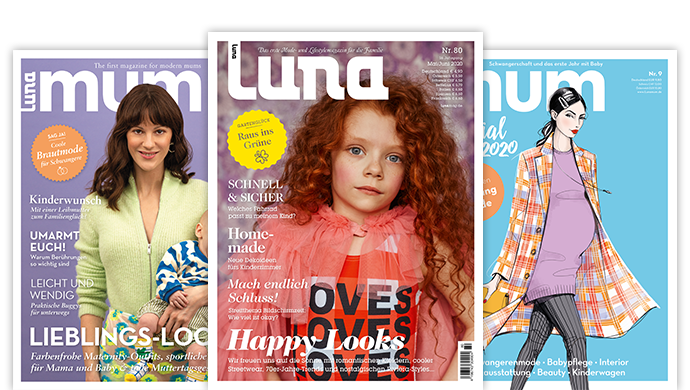
Leave a Reply